Learn how to make delicious tamales that are so much better than store-bought and even your favorite restaurant with this foolproof recipe and step-by-step tutorial. Bonus: they’re made with oil and zero lard!
This delicious tamale recipe includes a simple step-by-step tutorial and instructional video on how to make the best Mexican tamales at home – and they are so much easier than you think. If you can use a mixer and spread peanut butter onto a slice of bread, you can make tamales! The fluffy, foolproof masa dough is made with corn oil instead of lard, can be filled with chicken, beef, pork, beans and cheese or vegetables (filling ideas provided), and cooked on the stovetop or in the instant pot. This tamale recipe is make ahead and freezer friendly for easy weeknight meals or stress-free special occasions. Top your tamales off with some some pico de gallo and serve with Mexican Rice for the perfect meal!
Tamales are a must have Mexican staple along with carne asada, fajitas, enchiladas, carnitas and tres leches cake!
How to Make Tamales Video
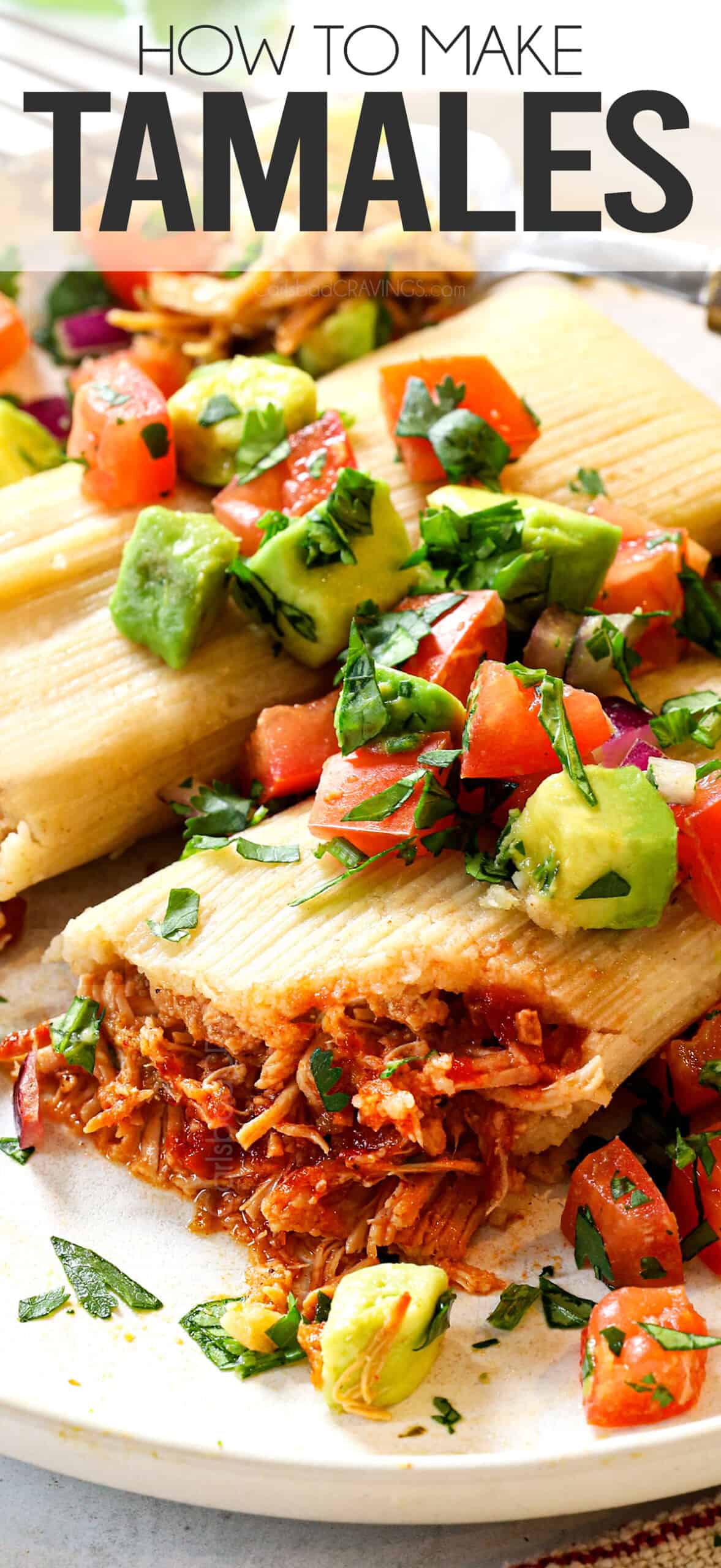

What is a Tamale?
Tamales are quite possibly the best grab-and-go meal ever! They are a traditional dish in dozens of countries around Central and South America, but Mexican tamales are perhaps the best-known version, and what I’m sharing with you today. Tamales are a Christmas menu staple for many families, or made in large batches for other holidays, special occasions, celebrations and even breakfast. Every day is a delicious day for tamales!
What are they made of? Mexican Tamales feature a corn-based masa (dough) that’s slathered on corn husks, then topped with your choice of filling, such as chicken, pork, beef, beans and cheese, or vegetables. The husk is then wrapped around the filling, tied, and steamed. The corn husks do not get eaten, rather, they are used as a casing to hold everything together while the corn masa firms up while it cooks.
How do you eat them? If you order a tamal in a restaurant, you’ll likely eat it unwrapped with a knife and fork along with pico de gallo, sour cream and guacamole, otherwise, they make a fabulous, portable, on-the-go snack or meal that’s easy to unwrap when ready to enjoy.
Are they difficult to make? Mexican tamales are surprisingly easy to make and virtually fool proof with the right recipe. However, they do take some time to assemble because each tamal has to be stuffed and wrapped individually, which is why they are usually a special-occasion food and fun to make with family and friends over the holidays – just put on a Christmas movie or music and let the stuffing begin! Alternatively, tamales are great to make ahead of time.

Masa for Tamales ingredients
This easy to make masa for tamales recipe is the starting point to making the best homemade tamales! The light, tender and flavorful tamale dough is made by mixing masa harina with a broth, corn oil instead of lard or shortening, baking powder, cumin, and salt until it forms as a soft dough.
Here’s what you’ll need to make masa for tamales (full measurements in the printable recipe card at the bottom of the post):

Dried corn husks for Mexican Tamales
Dried corn husks are crucial in making homemade tamales. The husks are soaked until soft and pliable, stuffed with filling, folded and steamed. The wrapper is not eaten but imparts a certain flavor to the tamales.
If you’re lucky enough to live near a specialty Mexican grocery store, you can likely find dried corn husks there, or sometimes they are available in the Mexican or produce section of your grocery store. Otherwise, Amazon is going to be the easiest place to source them. I used THESE ONES from Amazon.
In general, you want to look for husks that are wide instead of narrow, which makes them easier to wrap around the filling. If your husks happen to be fairly narrow, you can overlap two on top of each other to create one wide husk.
I also shred a few husks to create lots of long skinny pieces of “string” to tie the tamales together, or use kitchen or baking twine.
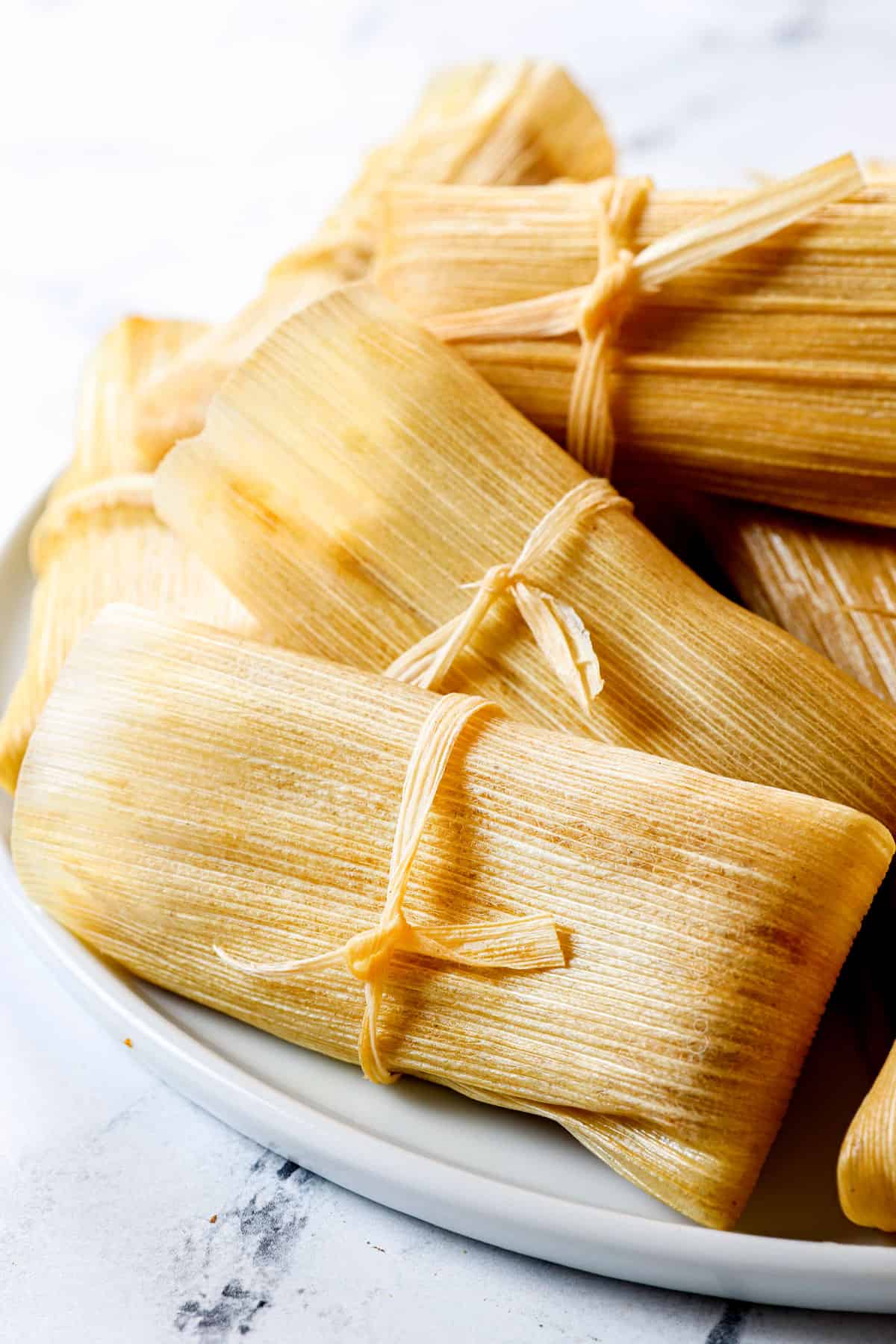
Mexican Tamale Filling Ideas
You can fill your homemade tamales with ANYTHING you want! Most tamales are filled with slow-cooked seasoned, shredded meats (usually chicken or pork), or make them vegetarian with beans and cheese or your choice of vegetables such as sweet potatoes, corn, peppers, or carrots. Here are some filling suggestions for this tamale recipe, my favorite being the Honey Lime Salsa Verde Chicken: :
Types of Homemade Tamales
Chicken Tamales
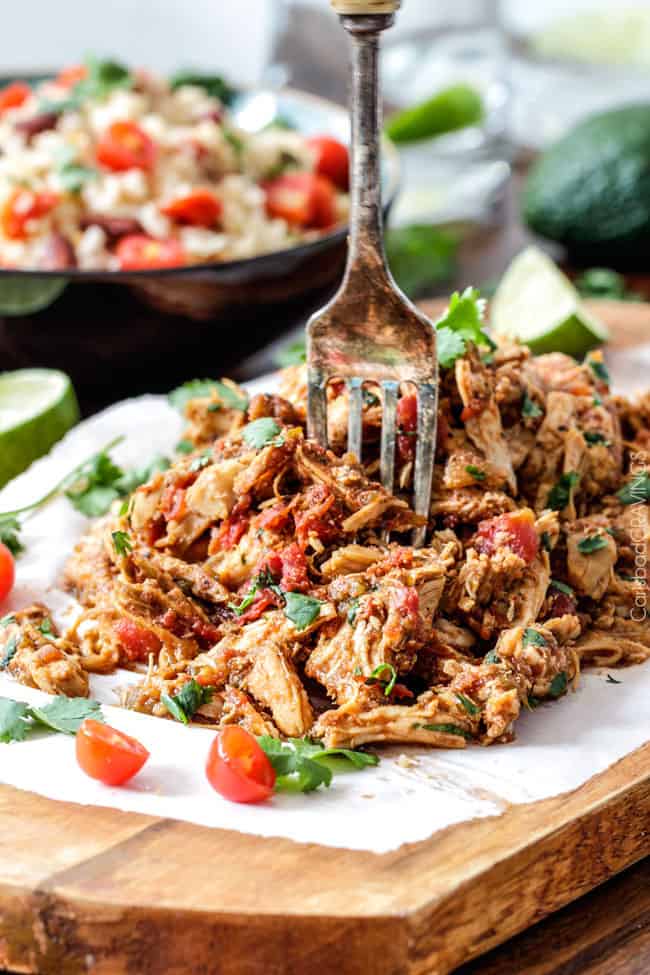

Pork Tamales

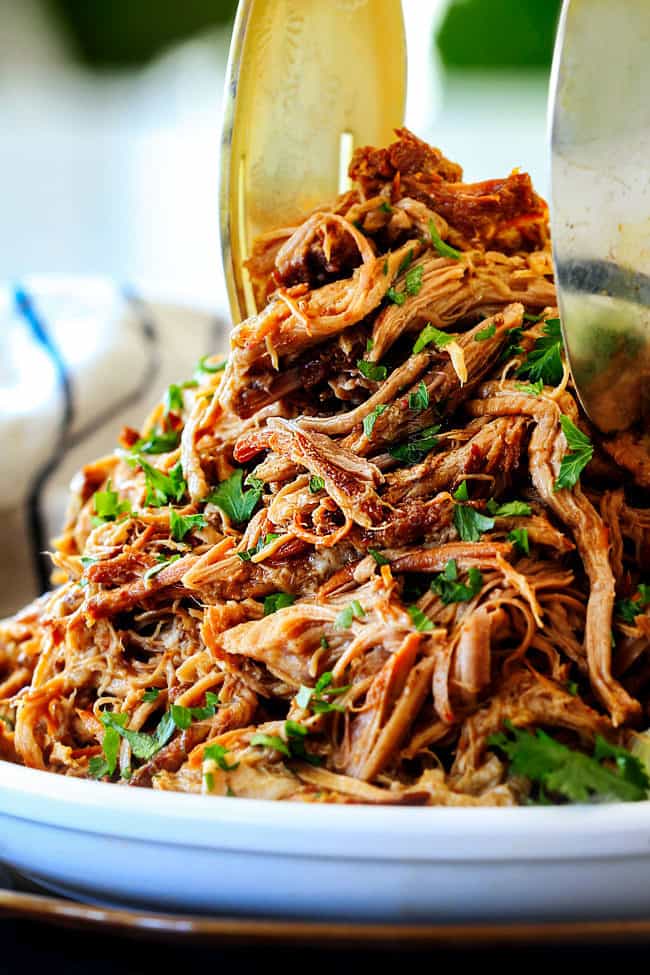
beef Tamales
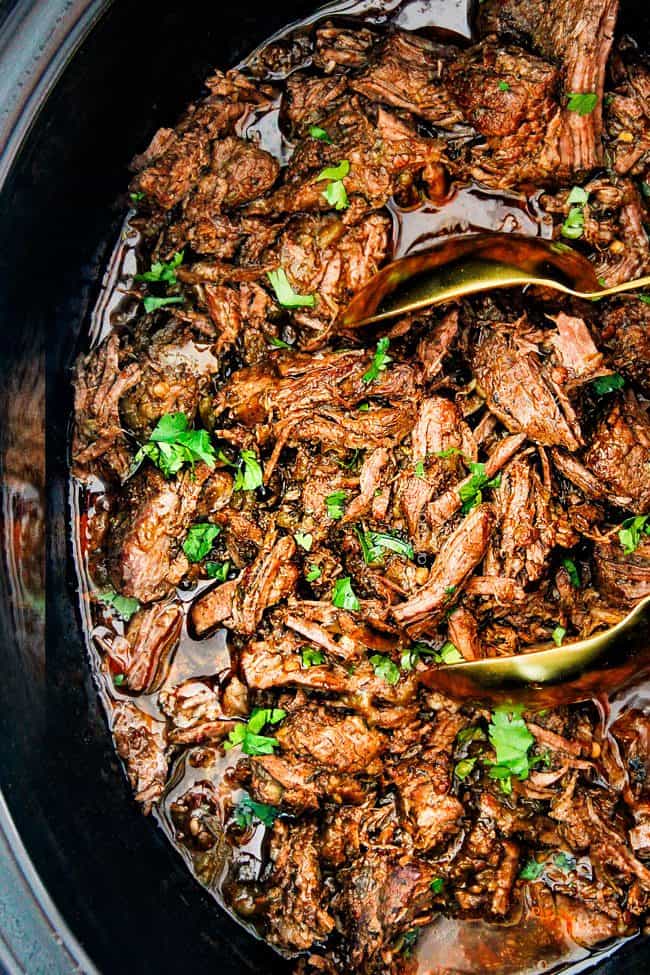
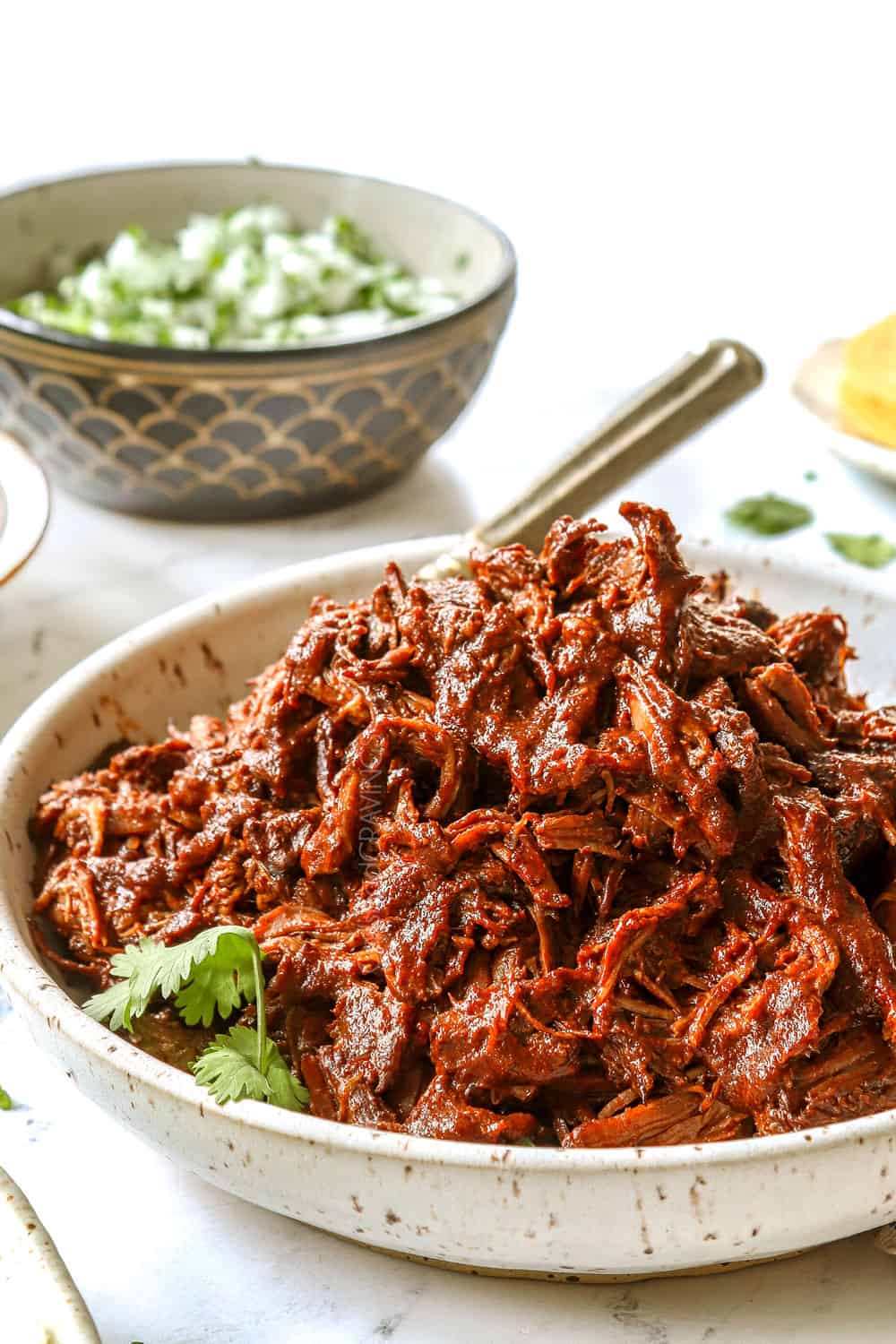
vegetarian Tamales
HOW TO MAKE Tamales
Making Mexican tamales from scratch requires some time and patience, but the actual process is not difficult at all! You also don’t have to make every element of this recipe on the same day. The filling can be made a day or two in advance (it actually is easier to work with cold), and the masa can be made 24 hours in advance.
Here’s step-by-step tutorial on how to make tamales (full recipe in the printable recipe card at the bottom of the post:
Step 1: Make the Filling
- Choose any tamale filling you’d like from the list I shared above. You will need about 2 ½ cups. I like to make the filling a day ahead of time if making in the slow cooker, otherwise, there are some great 10-minute options like mixing shredded chicken with a jar of salsa verde.
Step 2: Soak the corn husks
Soaking makes the husks pliable enough to wrap around the stuffed tamales without tearing
- Add the husks. Place the corn husks in a large stockpot and top with warm water until they are submerged.
- Weigh down the husks. The husks will float to the top, so you’ll need to weight them down. I place a bowl on top of the husks, then add a heavy object like a large can inside of the bowl. Cover the husks, then soak for about 40 minutes.
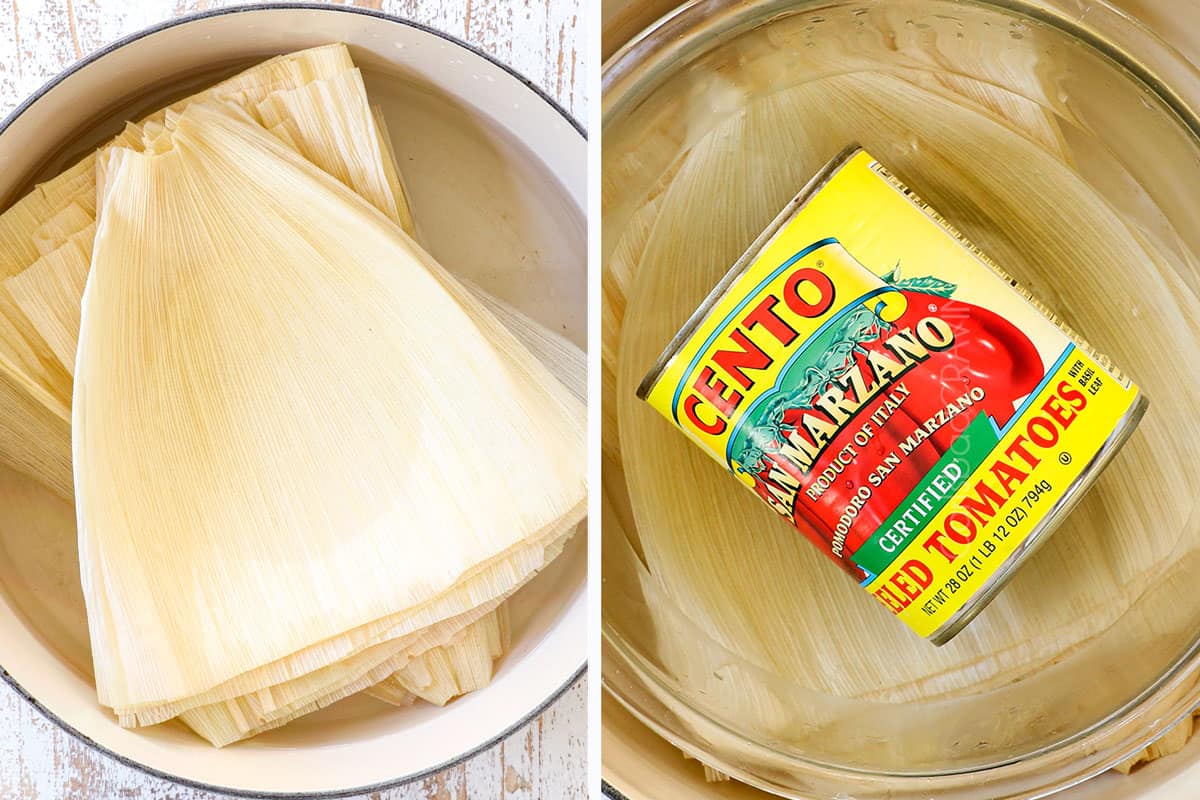
Step 3: Make the masa (Corn Dough)
You can make the masa with 1) a stand mixer which creates the fluffiest filling and is the quickest and easiest, 2) with a hand mixer which is a little messier and not quite as fluffy or 3) by hand which requires a lot of elbow grease and won’t be nearly as fluffy.
- Combine ingredients. Whisk together the masa harina, salt, cumin and baking powder in a mixing bowl. Beat in the oil until combined, then gradually add the broth until combined.
- Beat until fluffy. Increase the speed to medium-high and continue to beat until very fluffy, about 5 minutes.
- Check consistency. The dough should be soft and spreadable like thick hummus. If the dough is too dry, add more broth. If it’s too wet, add more masa harina.
- Use now or later. At this point, you can use the dough immediately, or cover with a damp paper towel and refrigerate until ready to use.
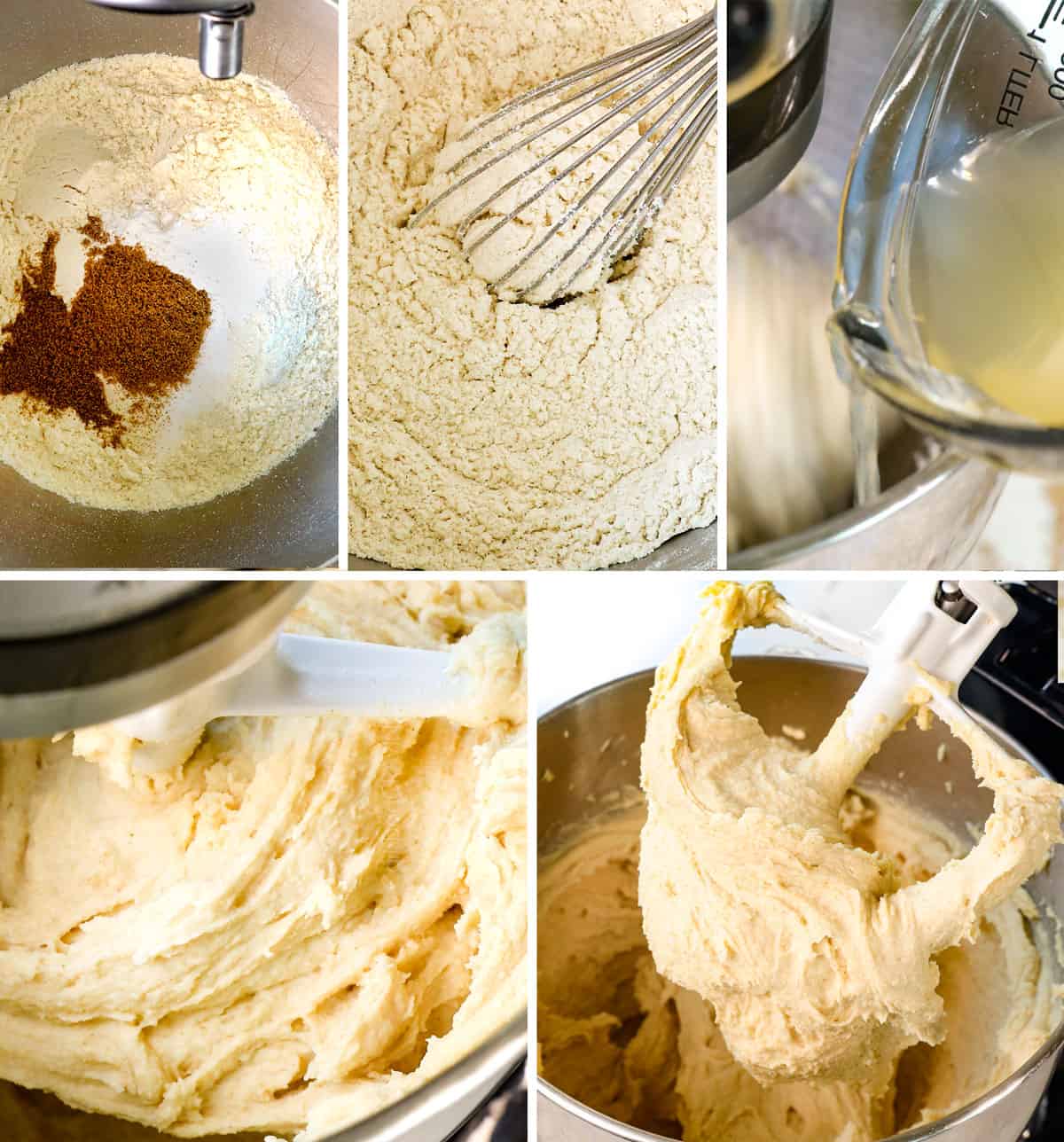
Step 4: Assemble the tamales
- Add the dough. Lay one corn husk on a cutting board, with the wide end towards you (makes it easier to work with). Add roughly ¼ cup of corn dough to the center of the bottom half of the husk. (I use a large cookie scoop because it’s so much easier).
- Spread the masa. Spread the masa out into a square, keeping it on the bottom half of the corn husk, leaving about ½-1 inch boarder around the side edges. This will make sure filling doesn’t ooze out the sides. You can use wet fingers to spread the dough, a spatula, butter knife, offset spatula, or even a putty knife – whatever works for you!
- Add the filling. Tamales need a surprisingly little filling! Add about 2 tablespoons of filling to the center of the masa square and keep it shaped in a rectangle, don’t spread it out.
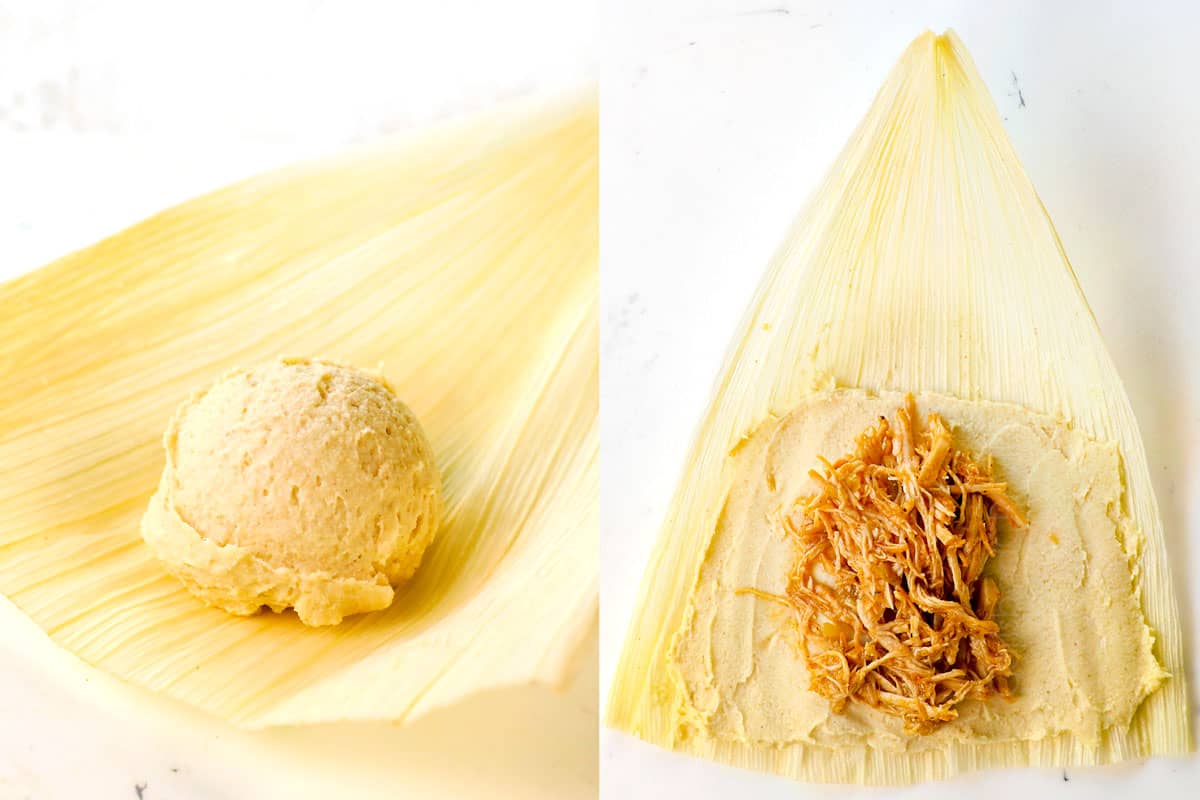
Step 5: how to fold tamales
- Fold the corn husk vertically. First, fold one long side in towards the center, so the edge covers the filling. Next, fold the other long side in (like folding a brochure), overlapping the first.
- Fold in half. Fold the bottom of the husk up, so that it’s now folded in half.
- Tying the tamales is optional. You don’t have to tie the tamales together if using a small enough pot to steam them, they will stay together without it! However, tying is helpful if your pot is wider and it makes a cute presentation. It can also help distinguish if you are making multiple fillings.
- How to tie tamales: You can tear a long strip from the edge of a soaked corn husk to create a skinny strip, or use baking string/kitchen twine to wrap around the center of the tamale and tie it in a knot.

Step 6: Steam the tamales
- Add water. Fill the very bottom of a stock pot or instant pot with water.
- Add tamales. Place the prepared tamales upright (with their open end up) into a steamer basket (for stock pot), or instant pot.
- Steamer: Cover, bring the water to a boil, reduce to a simmer and steam for about 45 minutes. You’ll know they’re done when the masa separates easily from the corn husks.
- Instant Pot: Cook on Manual/High Pressure for 25 minutes. Allow pressure to naturally release for 10 minutes, and then quick release.
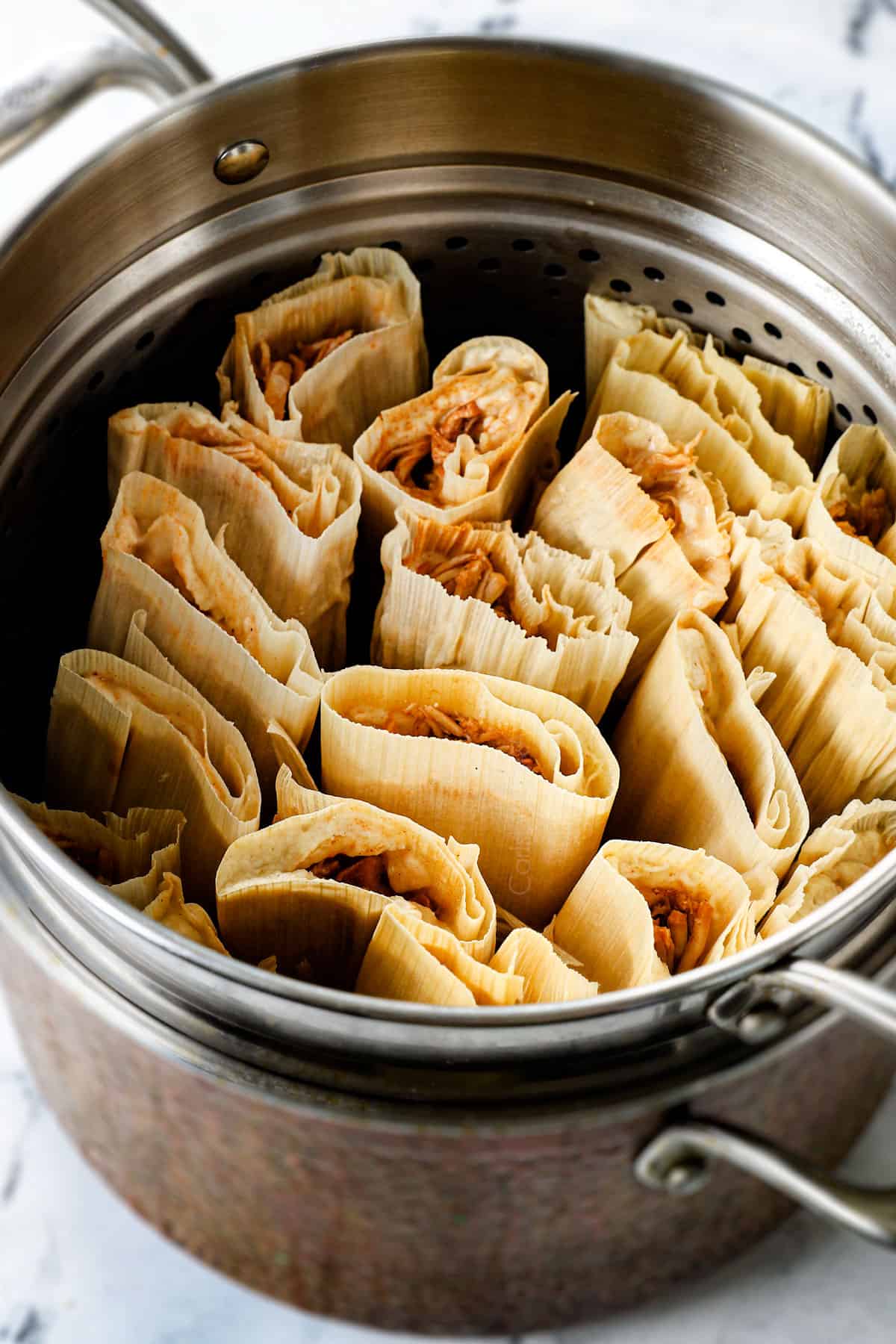

Tamale Recipe tips

How to serve Homemade Tamales
To enjoy, carefully unwrap the tamal (you will not eat the corn husk), and pile on all your favorite toppings. The below toppings may not all be traditional, but they ARE delicious!
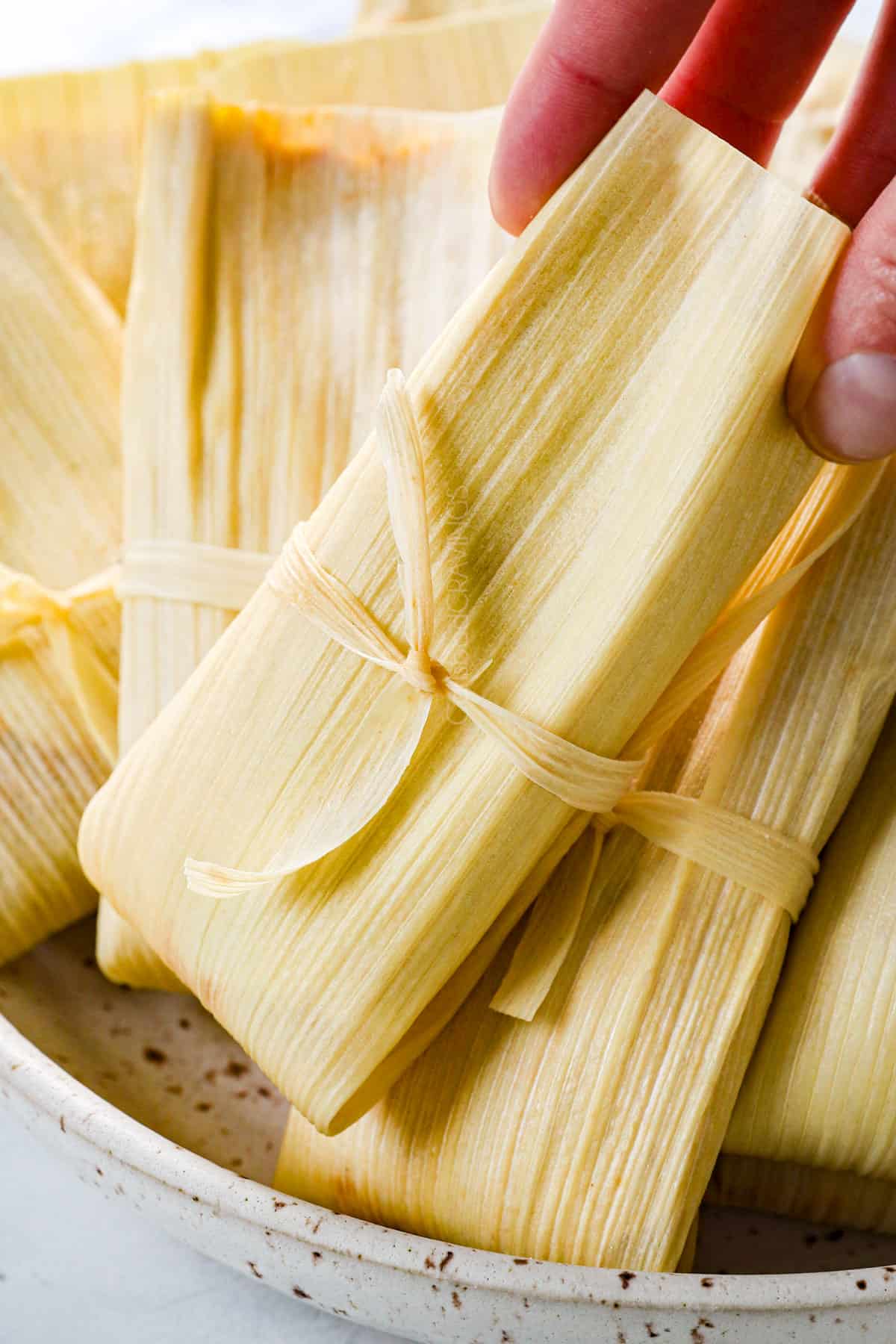
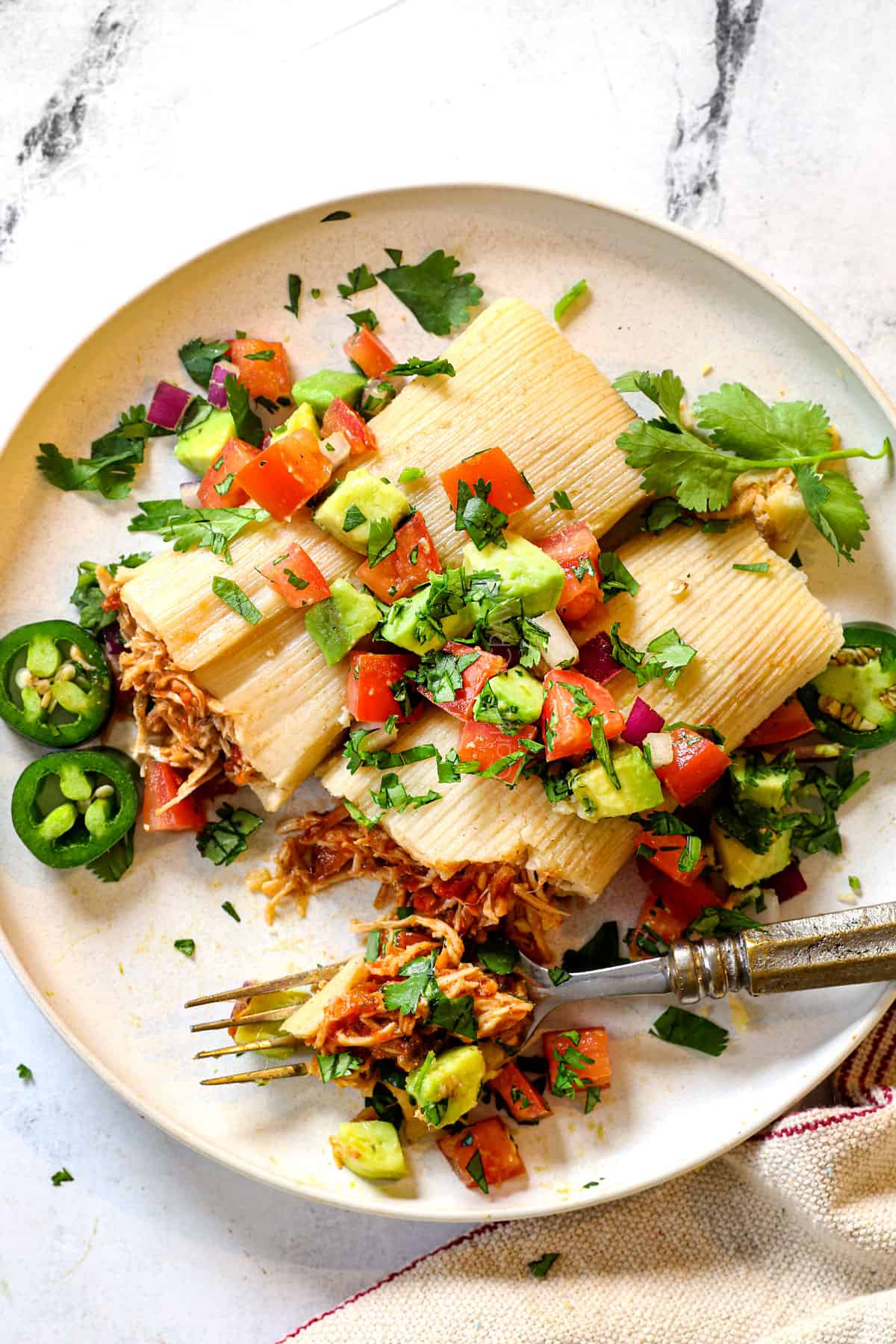

WHAT to serve with MExican Tamales
Serve the tamales with simple rice and fruit, chips and salsa, or pull out all the stops by making one or more of the following sides:

Can I make this Tamales Recipe ahead of time?
Absolutely! You can prepare the entire recipe as written, refrigerate or freeze, or you can prepare elements of the recipe beforehand:
-Filling: All the tamale fillings in this post can be made up to three days in advance, or frozen for up to three months.
-Corn Dough (Masa): The dough is best used right away (fluffier filling) but can be made up to 24 hours ahead of time, covered with a damp kitchen towel, then refrigerated.
–Entire recipe: Once assembled, the tamales can be cooked immediately, cooled, then refrigerated or frozen. They reheat like a dream – see section below.
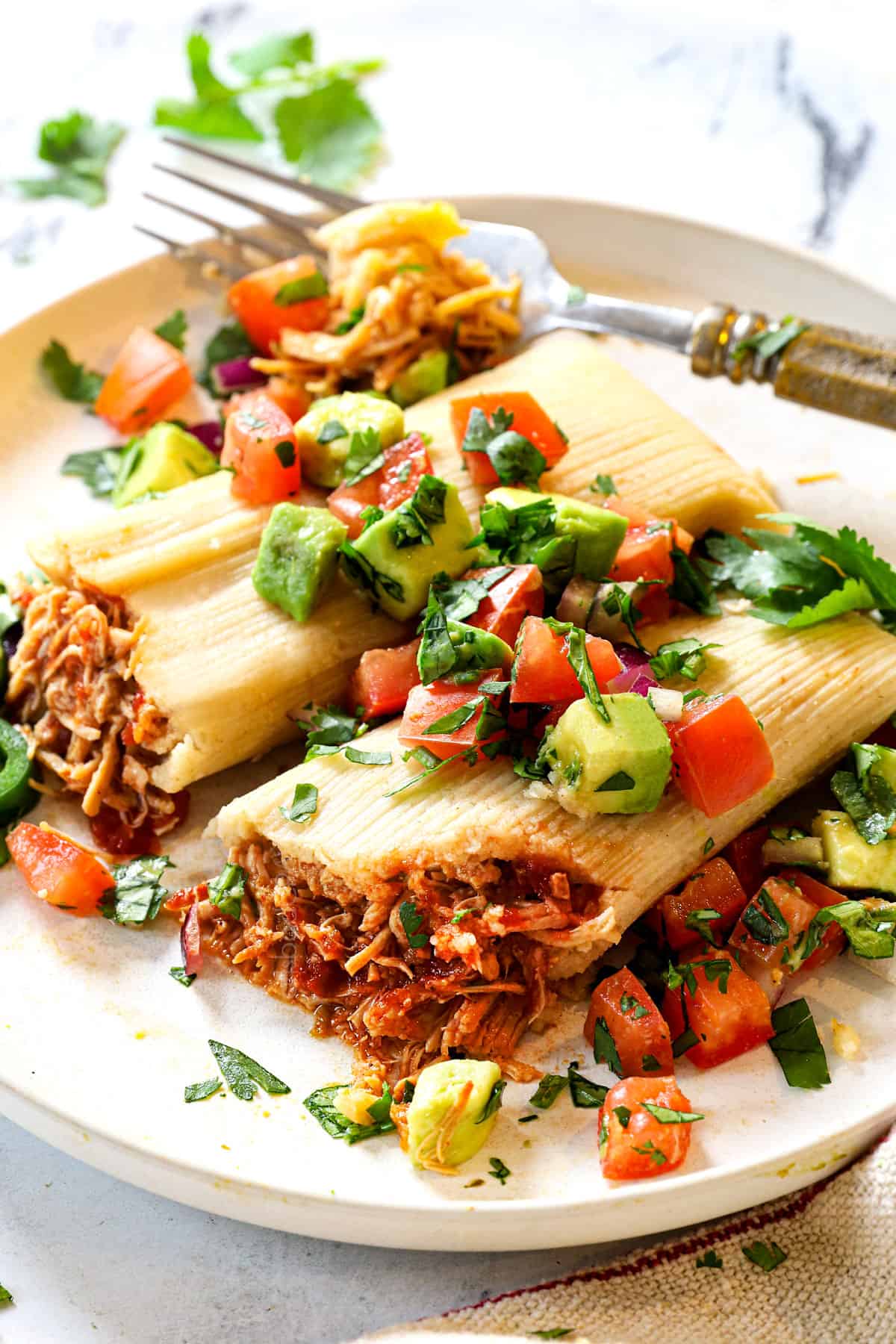

How to store Homemade Tamales
Leftover Mexican Tamales will last up to five days in the fridge, depending on the freshness of your ingredients. After that, they’ll need to be frozen.
Can Tamales Be Frozen?
Absolutely! Tamales freeze like a dream thanks to the corn husk wrapping (it essentially does double duty of preventing freezer burn!).
1. Prepare and steam the tamales as instructed in the recipe.
2. Let them cool to room temperature.
3. Carefully store the tamales in a zip-top freezer bag or freezer-safe container. Label and date.
4. Freeze for up to three months.
5. When ready to eat, thaw overnight in the fridge or reheat from frozen per instructions below.

How do I reheat tamales?
-Microwave: Cover one or two tamales (husk and all) with a damp paper towel and cook for 1 minute, then at 15-second intervals until warmed through. Cook for about 2-3 minutes if frozen, or until warmed through. -Steamer: Re-steam the tamales in the steamer basket for 15 minutes or until warmed through. They will require longer if frozen.
-Oven: Wrap the tamales in foil and bake at 350 degrees F for 10-15 minutes if thawed and 20-25 minutes if frozen, or until warmed through.
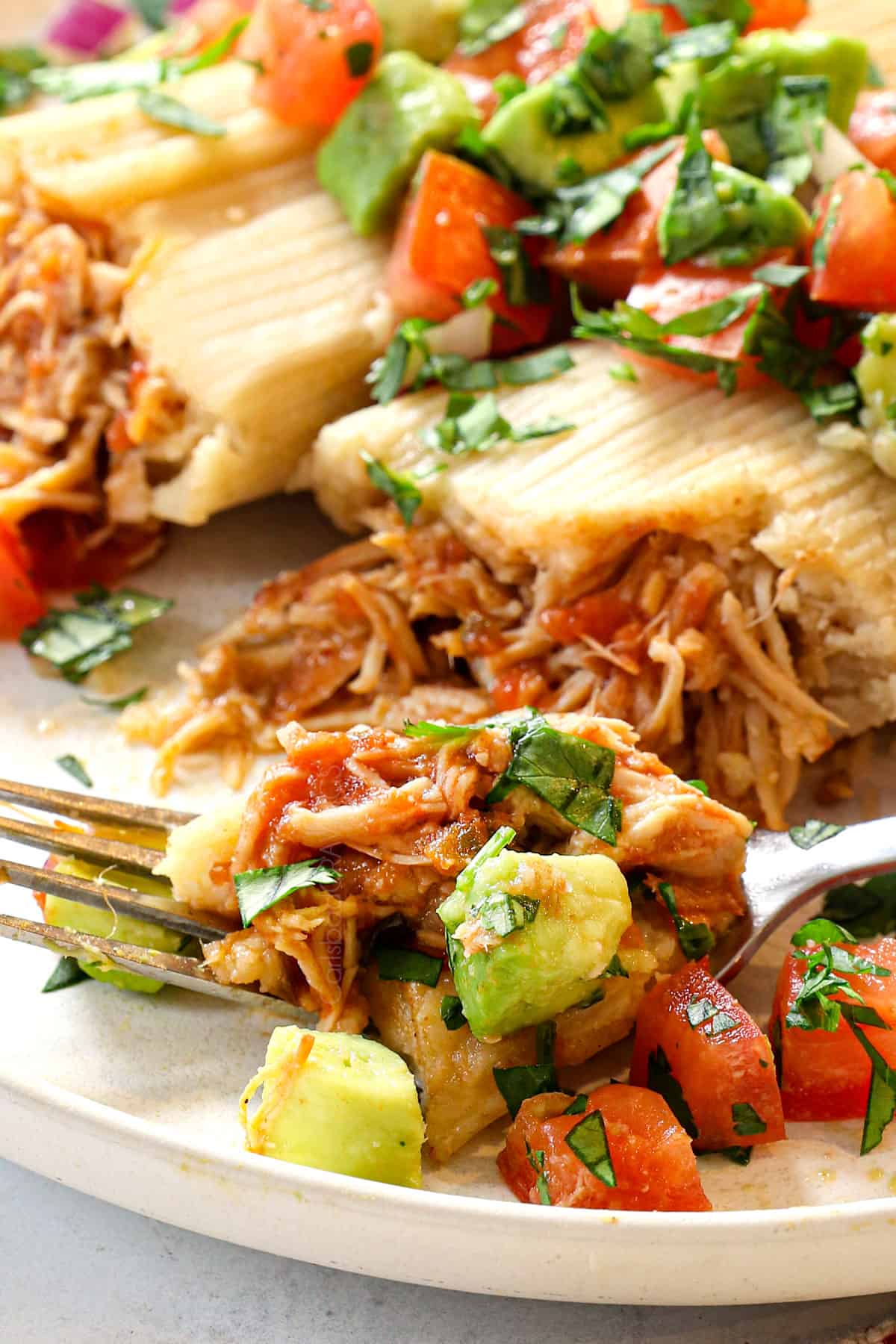
TAMALES RECIPE FAQS
The word “tamal” comes from the Nahuatl word “tamalli,” meaning “wrapped.” This describes how the tamales are wrapped and cooked in cornhusk or leaves.
tuh-MAH-lee
In Spanish, the plural form is tamales, and the singular is tamal, or sometimes written as tomale. However, there is an ongoing debate on the “correct” use of tamal vs. tamale. This debate references that in Nahuatl, both the singular and the plural form of tamal is tamalli, so using the word tamale honors the origin of the word. So, many agree there is no “right” or “wrong” usage.
Tamales have been around since approximately 500 B.C, with origins tracing back to the Mesoamerican cultures in Mexico and Guatemala (the Mayas, Toltec, Olmec and some Aztec afterwards). The Aztecs made tamales for the festival Atamalcualiztli to celebrate the birth of the corn god and Izcalli to pay respects to the fire god. The earliest versions of tamales were made with corn, pumpkin, beans, etc. and roasted over a fire. The fillings become more elaborate when Europeans brought lard, chicken, pork, olives, raisins, and other foods with them to the New World.
Tamales are a Christmas menu staple for many families, as well as served at many baptisms, quinceaneras, La Candelaria, Day of the Dead, etc. or simply for breakfast!
There are just two main elements of tamales; the dough, and the filling. The dough is made with masa harina mixed with oil/lard or shortening, baking powder, cumin, salt and broth. The filling can be made with anything from chicken, to pork, beef, beans, cheese and/or vegetables.
Tamales are made in many different Latin America countries and are known by different names. In fact, there are actually estimated to be more than 500 different regional and cultural variations on the “classic” tamale! Here’s a list of commonly used names by region:
Nicaragua – Nacatamal
Guatemala – Paches and Chuchitos
Bolivia and Ecuador – Humita
Columbia – Bollo
Cuba, Mexico, South and Central America – Tamal
Michoacan, Mexico – Corunda
Veracruz, Mexico – Zacahuil
Venezuela – Hallaca
Aztec – Tamalli
I do not recommend freezing the masa dough. The freezing process breaks down some of the structure of the dough, making it crumblier and more difficult to handle and spread.
Masa harina, which translates in Spanish to “corn flour,” is not to be confused with cornmeal or American corn flour – they are NOT interchangeable in tamale making. Masa harina is essentially dehydrated, powdered corn dough that just needs water to reconstitute into a pliable dough again. Corn flour or cornmeal, on the other hand, are just plain, untreated ground corn that will not rehydrate into a dough.
Masa harina is a pre-made, dehydrated corn dough that comes from ground nixtamalized corn that just needs water or broth to reconstitute into a pliable dough again.
In the nixtamalization process, the dried corn is cooked and soaked in lime water (“slaked lime” made of calcium hydroxide) which loosens the hulls from the kernels, softens the corn for grinding, and changes the structure of the corn for dough formation. The corn is then rinsed, dried and ground into a dough called masa. When the dough is ground further into a powdery corn flour, it becomes masa harina. Now, all you have to do is add water and it becomes dough again!
WANT TO TRY THIS Tamales RECIPE?
PIN IT recipe BOARD TO SAVE FOR LATER!
FIND ME ON PINTEREST FOR MORE GREAT RECIPES! I AM ALWAYS PINNING :)!
©Carlsbad Cravings by CarlsbadCravings.com
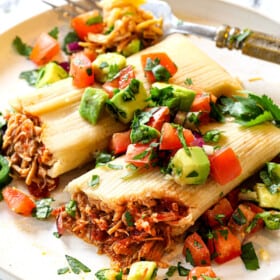
Mexican Tamale Recipe
Save This Recipe To Your Recipe Box
You can now create an account on our site and save your favorite recipes all in one place!
Ingredients
Masa
- 18-20 dried corn husks
- 4 cups (388 grams) white masa harina (spoon then measure)
- 2 teaspoons baking powder
- 1 1/2 teaspoons ground cumin
- 1 1/4 teaspoons salt
- 1 cup corn oil (may sub avocado or canola oil, NOT olive oil)
- 2 2/3 cups chicken broth
- 2 1/2 cups filling (see ideas below)
Filling Ideas (pick one – or more!)
- 1 recipe Honey Lime Salsa Verde Chicken (MY FAVORITE – HIGHLY RECOMMEND)
- 3 cups cooked, shredded chicken mixed with 16 ounces salsa verde
- 3 cups cooked, shredded chicken mixed with 2 cups enchilada sauce <<click for best homemade sauce
- 1 recipe 10 Minute Shortcut Mexican Chicken
- 1 recipe Crockpot Mexican Chicken
- 1 recipe Chicken Mole
- 1 recipe Chicken Adobo (Use the chicken portion of the Chicken Birria Tacos)
- 1 recipe Pork Carnitas
- 1 recipe Cafe Rio Chipotle Sweet Pulled Pork
- 1 recipe Beef Barbacoa
- 1 recipe Mexican Shredded Beef
- 1 recipe Beef Birria
- 2 ½ cups steamed or roasted vegetables
Topping Ideas (pick your favs)
- 1 recipe chipotle sauce (HIGHLY recommend)
- 1 recipe pico de gallo
- 1 recipe homemade salsa
- 1 recipe salsa verde
- 1 recipe guacamole
- sour cream
- cilantro
- Cotija cheese
Instructions
- Make the tamale filling. Choose from any of the filling options listed above (see descriptions in the recipe post). You will need about 2 ½ -3 cups. I like to make the filling a day ahead of time if making in the slow cooker, otherwise, there are some great 10-minute options like mixing shredded chicken with a jar of salsa verde. If the filling is extra juicy/saucy, strain before using.
- Soak the corn husks. Place the corn husks in a large stockpot/Dutch oven and cover completely with warm water. The husks will float, so weigh them down with something heavy, then cover with the lid. Soak for 40 minutes or until soft and pliable.
- Mix the masa (corn dough). Meanwhile, add the masa marina, cumin, baking powder, and salt to the bowl of a stand mixer and whisk to combine. Add the oil, then beat on low speed with the paddle attachment until combined. With the mixer on low, gradually add the broth and beat until combined.
- Beat until fluffy. Once combined, increase the speed to medium-high, and beat for 5-7 minutes, until fluffy, stopping occasionally to scrape down the sides of the bowl if needed. The dough should be soft and spreadable like thick hummus. If the dough is too dry, add more broth. If it's too wet, add more masa harina (will depend on elevation, humidity, and accurate measuring).
- If you're not using immediately, cover the mixing bowl with a damp paper towel to keep the dough from drying out and refrigerate for up to 24 hours.
- Add masa to husks. Lay one corn husk on a cutting board, with the wide end towards you. Add roughly ¼ cup of corn dough to the center of the bottom half of the husk. I suggest using a large cookie scoop because it’s SO much easier. (See pictures in post or watch video for demonstration.)
- Spread the masa. Spread the masa out into a square, keeping it on the bottom half of the corn husk, leaving about 1/2-1-inch border around the side edges. This will make sure filling doesn’t ooze out the sides. You can use wet fingers to spread the dough, a spatula, butter knife, offset spatula, or even a putty knife – whatever works for you!
- Add the filling. Add about 2 tablespoons of filling to the center of the masa square and shape it into a rectangular log down the center.
- Fold tamales. First, fold one long side in towards the center, so the edge covers the filling. Next, fold the other long side in (like folding a brochure), to overlap the first. Fold the bottom of the husk up, so that it’s now folded in half.
- Tie the tamale together. You can tear a long strip from the edge of a soaked corn husk to create a skinny strip, or use baking string/kitchen twine to wrap around the tamale and tie it around the center of each tamal.
- To steam tamales (recommended): Add water to the bottom of a stockpot with a steamer basket —(don’t fill above the steamer rack.) Add a steamer basket, fill it with the tamales standing upright so the openings are at the top. Cover, and bring the water to a boil, then reduce to a simmer for about 45 minutes. Check periodically and add additional water if needed.
- Test the tamales for doneness at 45 minutes: To test, remove one tamal and try to pull the husk off. If the husk pulls away cleanly, they're done. If the dough is still sticky, cook them for an additional 5 minutes and test again.
- To make tamales in the instant pot: Cook on Manual/High Pressure for 25 minutes. Allow pressure to naturally release for 10 minutes, and then quick release.
- Serve tamales: Remove tamales from husks and enjoy with desired toppings.
Video
Notes
Tips and Tricks
- Make the filling first. You should always make the filling before you plan to assemble the tamales. It’s a lot easier to work with a cold filling because it holds its shape and won’t run out the ends of the tamal.
- Drain wet filling. If the filling is overly wet, it can make the dough soggy and will run out of the assembled tamales. If working with a wet filling, like one that has been braised and shredded in the crockpot, place the filling in a strainer and drain off most of the excess liquid. You want the filling saucy enough to coat the protein, but not juicy/watery.
- Masa harina: Maseca is the most popular brand and is what I use and recommend. You can find it in most grocery stores or here’s where you can order it online. (Don’t grab the brown bag that says “for tamales,” or any that say “masa preparada,” – stick with the white bag. These other doughs contain lard and baking powder which would alter the recipe.)
- Measure the masa harina correctly. If you own a food scale,it’s best to weigh the masa harina versus using a measuring cup to ensure the most accurate amount. Using measuring cups can compact the masa harina significantly. If you don’t own a food scale, then stir the masa harina around, spoon it into your measuring cup, and level it off with the back of a knife. Do not scoop it out of the container directly with the measuring cup.
- Storage: Leftovers will last up to five days in the fridge, depending on the freshness of your ingredients. After that, they’ll need to be frozen.
- To freeze: Let the steamed tamales cool to room temperature, then transfer to an airtight container. Freeze for up to 3 months. When ready to eat, thaw overnight in the fridge or reheat from frozen per instructions below.
How to Reheat Tamales
- Microwave: Cover one or two tamales (husk and all) with a damp paper towel and cook for 1 minute, then at 15-second intervals until warmed through. Cook for about 2-3 minutes if frozen, or until warmed through.
- Steamer: Re-steam the tamales in the steamer basket for 15 minutes or until warmed through. They will require longer if frozen.
- Oven: Wrap the tamales in foil and bake at 350 degrees F for 10-15 minutes if thawed and 20-25 minutes if frozen, or until warmed through.

Did You Make This Recipe?
Tag @CarlsbadCravings and Use #CarlsbadCravngs
Leave a Review, I Always Love Hearing From You!

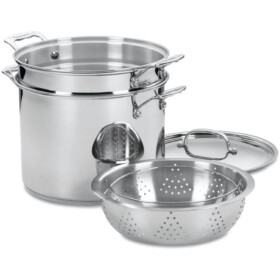
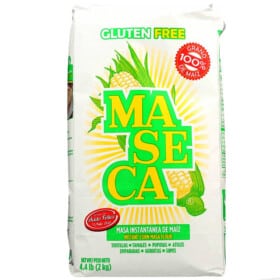

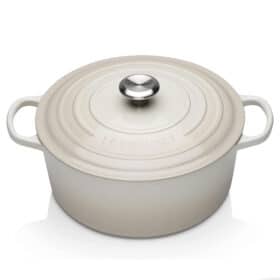
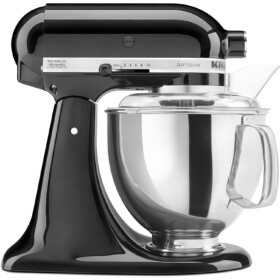
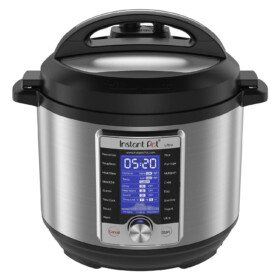
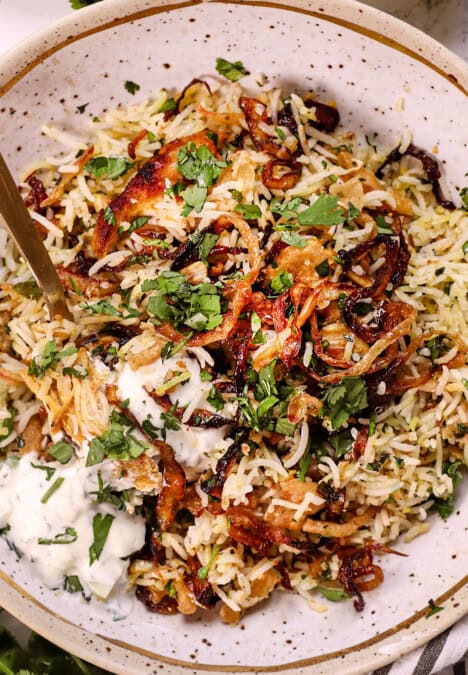
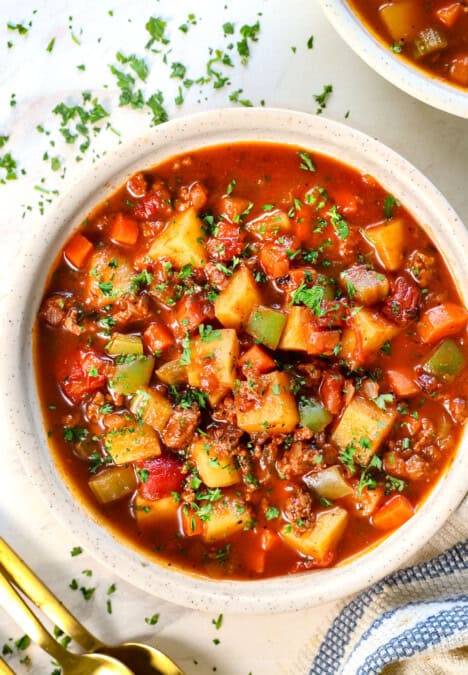

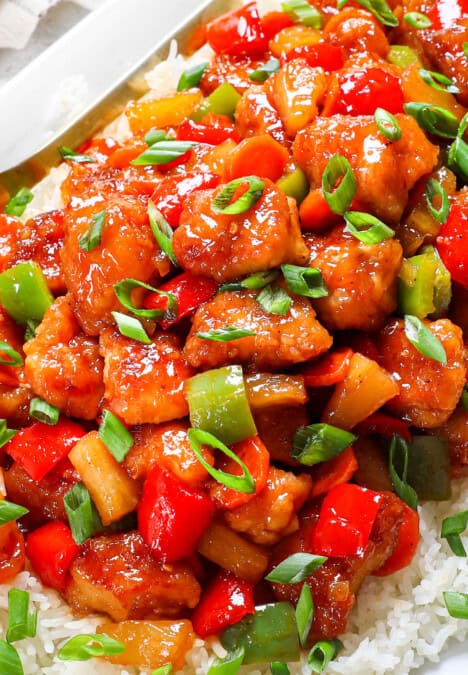
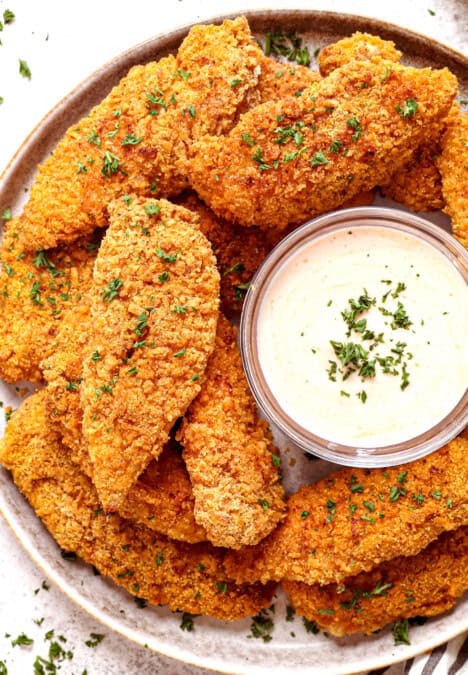
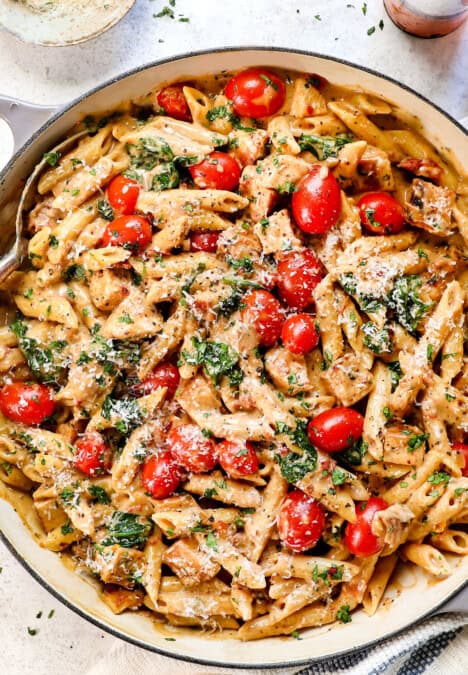























Elva Villalva Duenas says
This recipe looks delicious, unfortunately in my country, we do not have MASECA, can I replace it with regular corn flour? Please let me know, the rest of the ingredients we do have.
Jen says
Hi Elva, you can use any brand masa harina, but make sure it is truly corn flour, and not American-style corn flour. Masa harina is essentially dehydrated, powdered corn dough that just needs water to reconstitute into a pliable dough again. Corn flour or cornmeal, on the other hand, are just plain, untreated ground corn that will not rehydrate into a dough. You can check the ingredients to make sure. The ingredient label should always include both corn (maíz) and hydrated lime, meaning it’s made with nixtamalized corn. You can also look for the words “nixtamel” or “nixtamalized” on the package.
Julia says
This recipe is terrific! I was looking for a tamale recipe without lard, and I’m so glad I found yours they have great texture.
Jen says
Thanks for giving this recipe a try! I’m so glad that you enjoyed them!
Peggy says
Hello Jen , I’m a new member here , Can the Tamales be baked in ther oven ? If steamed only , I can do that but prefer baked if can be done in the oven . Love your recipes here . Thank you so much
Jen says
Hi Peggy, Thank you so much! Steaming is the best way to cook tamales. You can do so on the stove, or in an instant pot. Once cooked, though, you can reheat tamales in the oven wrapped in foil. Enjoy!